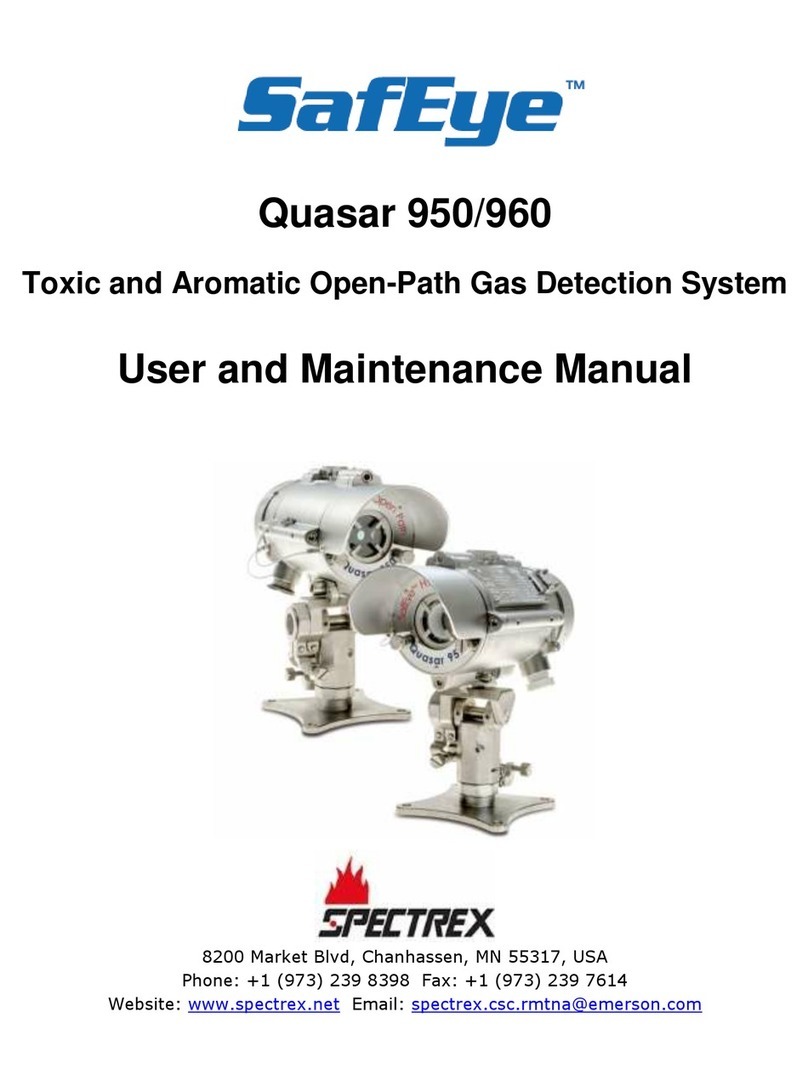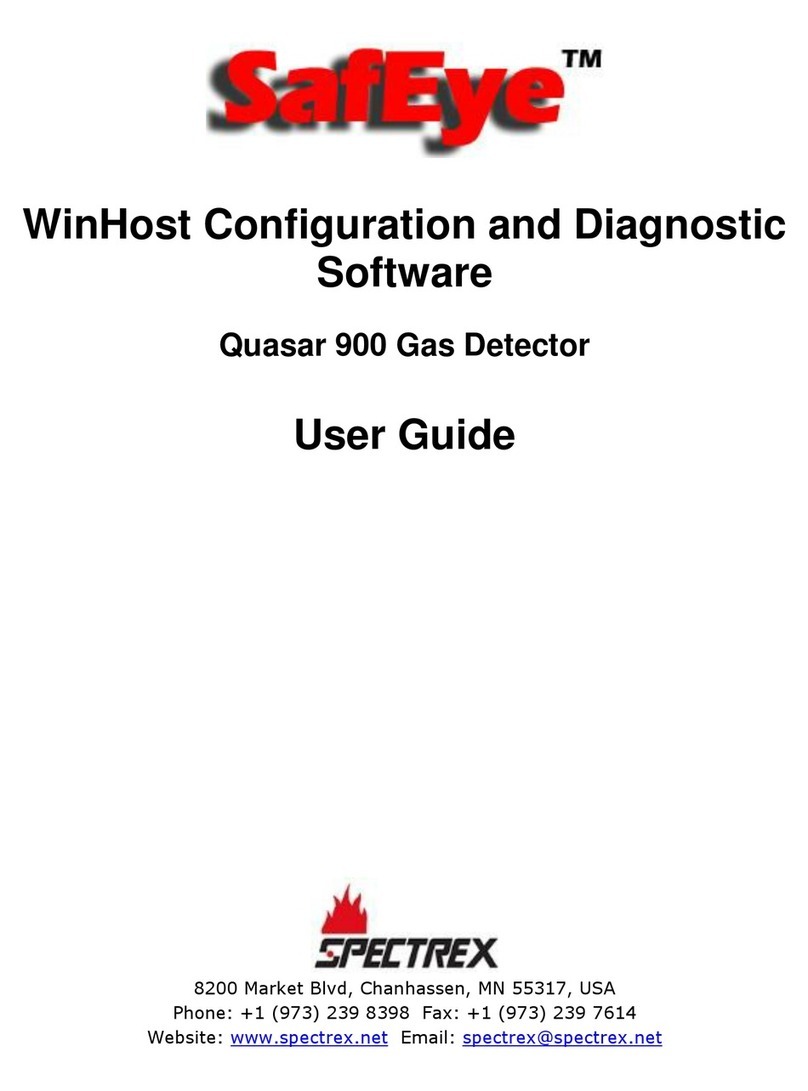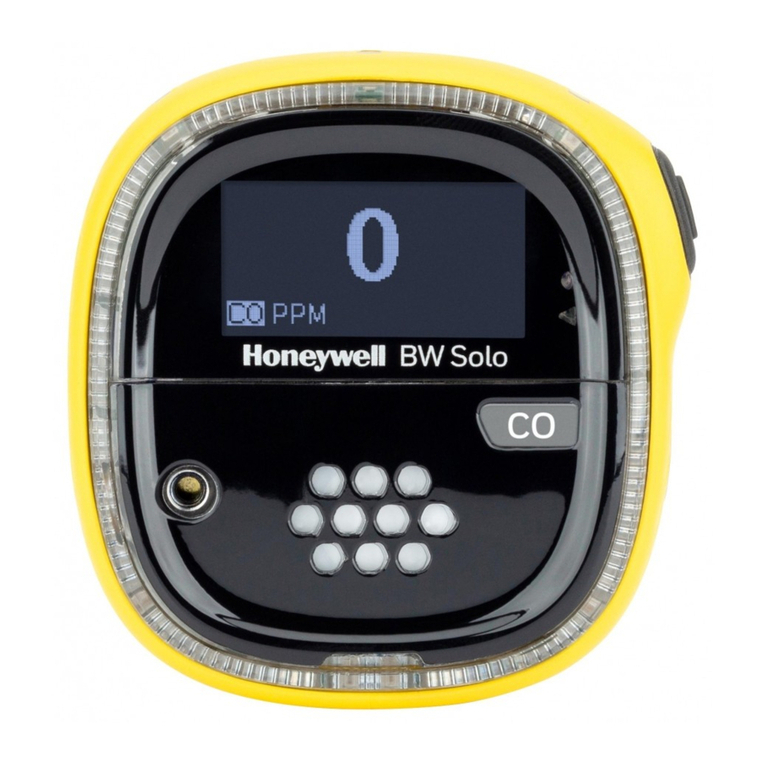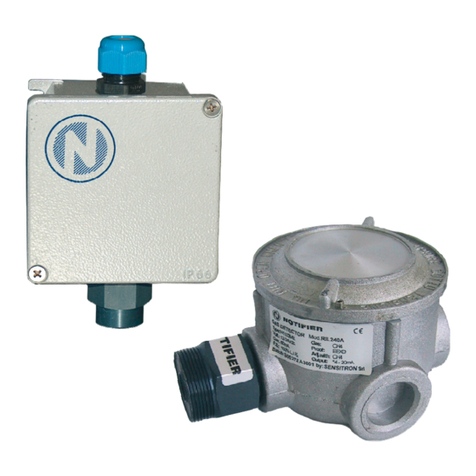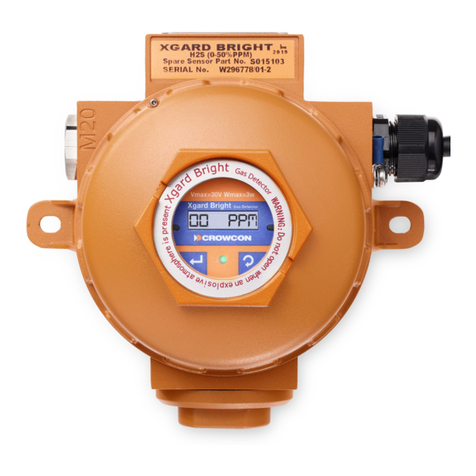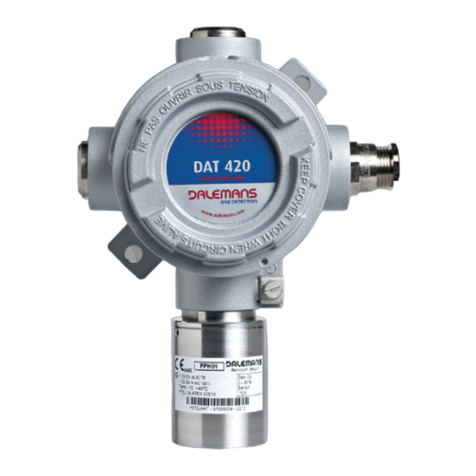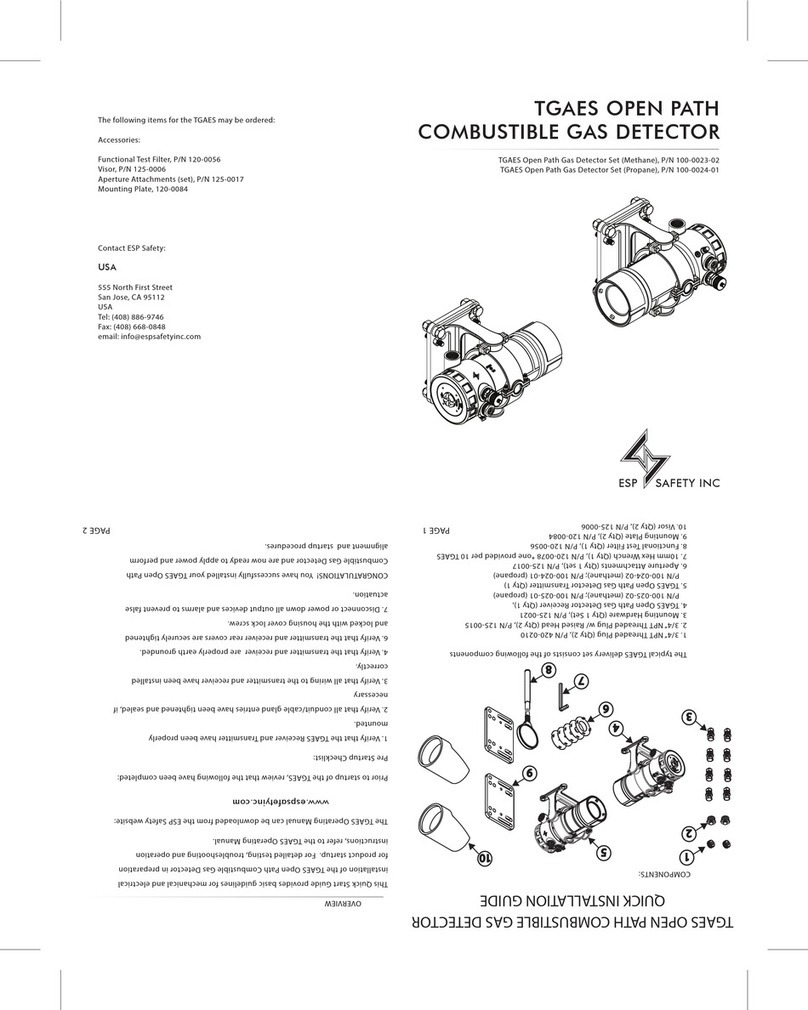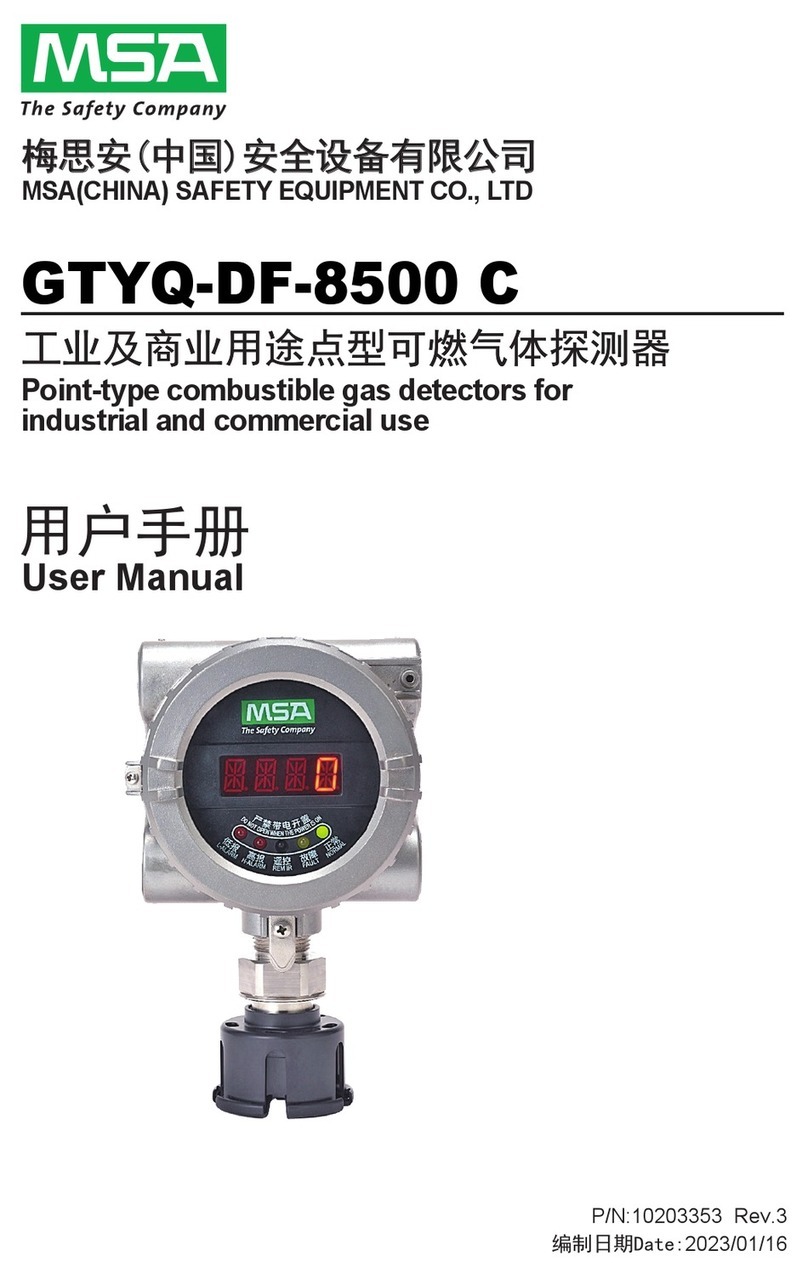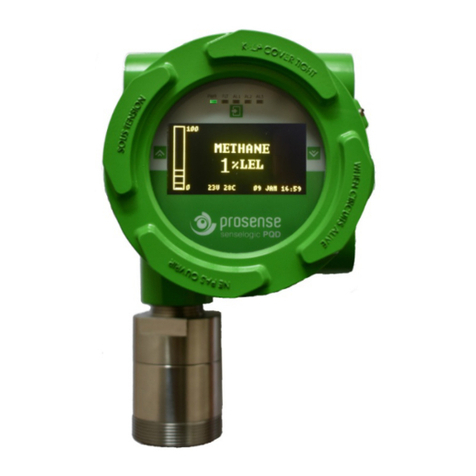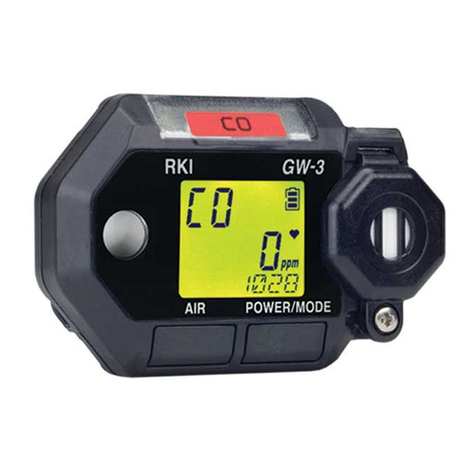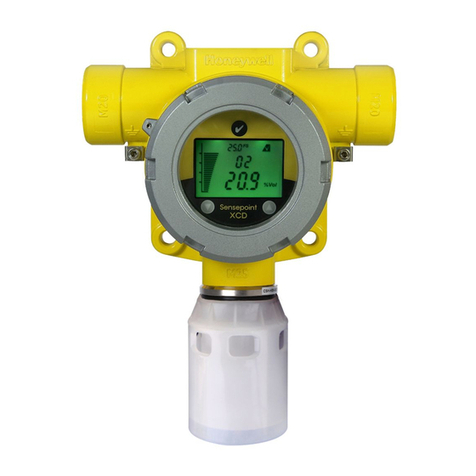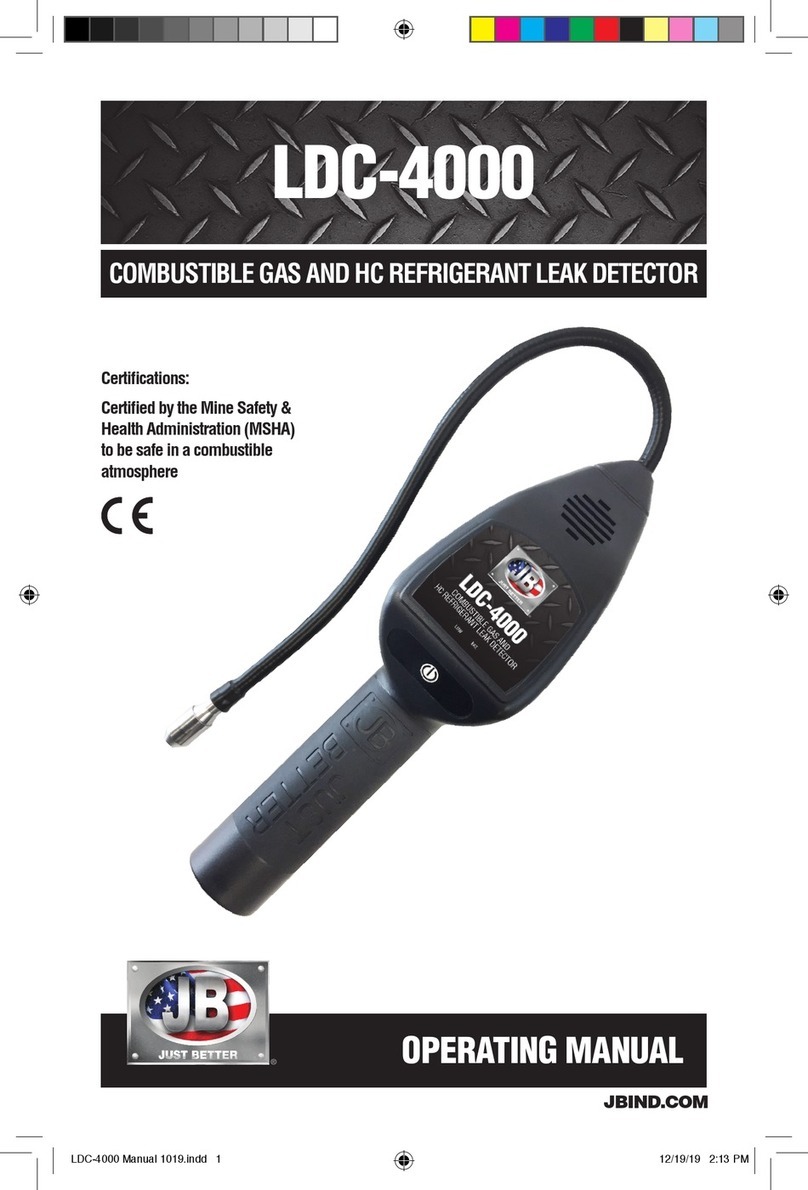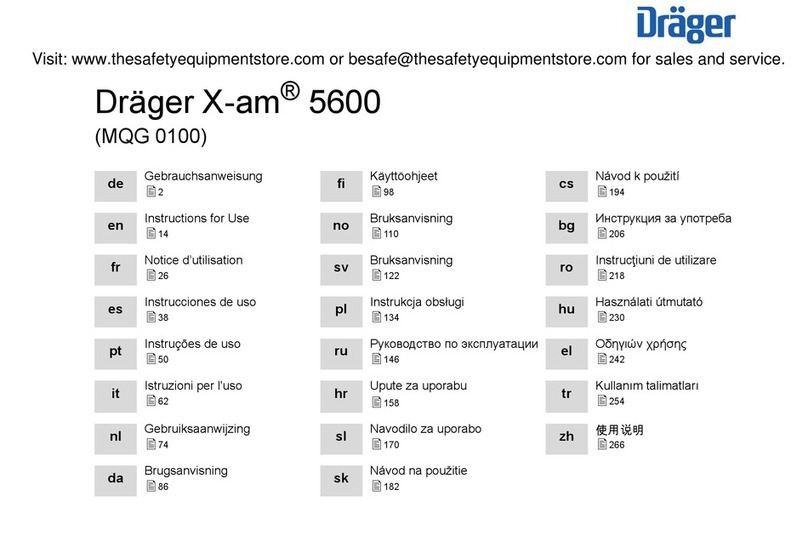3.7.3 RS-485 Interface ...........................................................................25
3.8 Terminals............................................................................................26
3.8.1 Detector Terminal..........................................................................26
3.8.2 Light Source Terminals...................................................................28
3.9 System Setup ...................................................................................... 29
3.9.1 Detection Function Programming .....................................................29
3.9.2 Detection Setup Function................................................................ 29
3.9.3 Detector Default Setup................................................................... 31
4Technical Specifications ...................................................................... 33
4.1 General Specifications...........................................................................33
4.2 Electrical Specifications .........................................................................34
4.2.1 4–20mA Current Output .................................................................34
4.2.2 Communications Network ...............................................................34
4.2.3 Relay Output: ...............................................................................35
4.2.4 HART Protocol ...............................................................................35
4.3 Mechanical Specifications ......................................................................36
4.4 Environmental Specifications .................................................................37
5Installation Instructions...................................................................... 39
5.1 Introduction ........................................................................................39
5.2 General Considerations .........................................................................39
5.2.1 Personnel .....................................................................................39
5.2.2 Tools Required ..............................................................................39
5.2.3 Site Requirements .........................................................................39
5.2.4 The Source and Detector ................................................................40
5.2.5 Guidance Tips for Gas Detector Locations .........................................40
5.3 Preparations for Installation...................................................................40
5.4 Mounting for Duct Installation................................................................41
5.4.1 Duct Mount Set ............................................................................. 41
5.4.2 Duct Alignment Set and Accessories ................................................41
5.4.3 Duct Installation: Surface Preparation ..............................................42
5.4.4 Duct Mount Installation .................................................................. 44
5.4.5 Duct Mount Alignment....................................................................47
5.4.6 Conduit/Cable Installation...............................................................49
5.4.7 Harness Connection .......................................................................49
5.4.8 Detector Terminal Wiring................................................................52
5.5 Light Source Wiring .............................................................................. 53



















